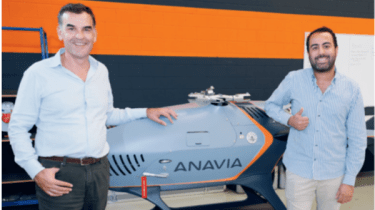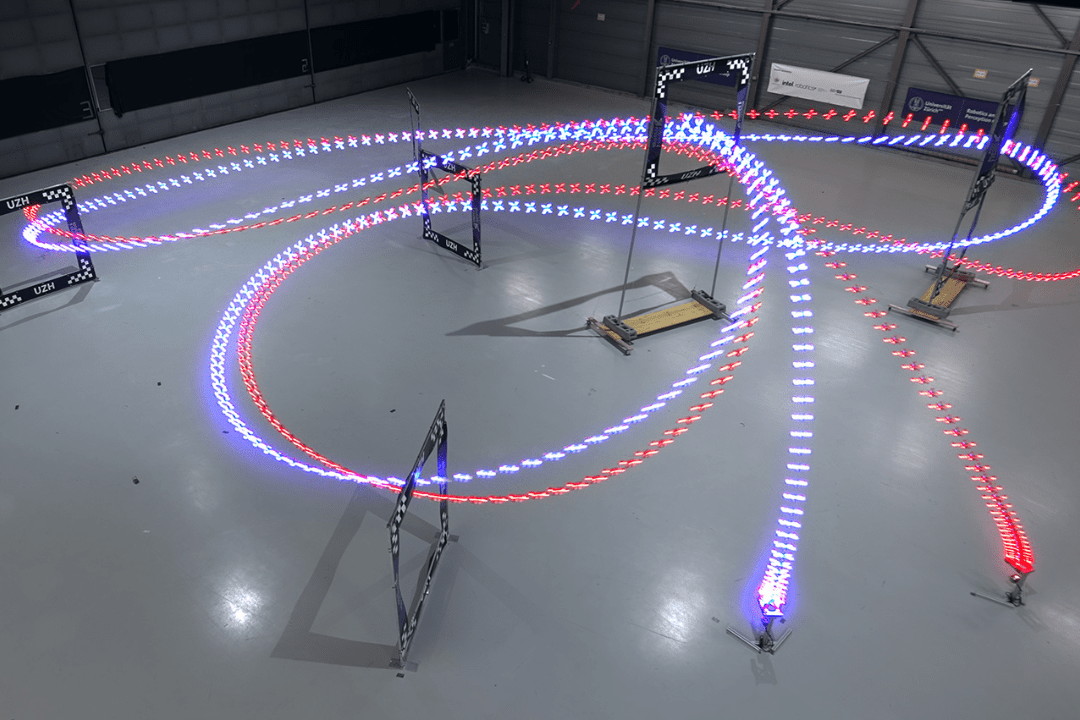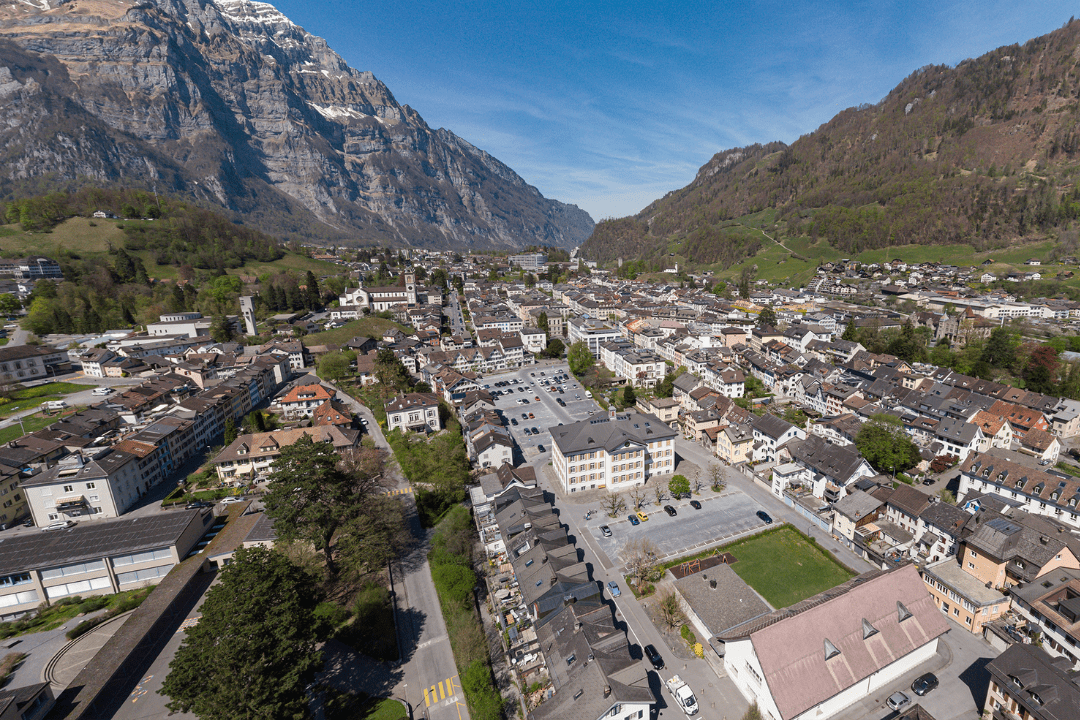
ANAVIA has made impressive strides in the unmanned helicopter industry in just a few years. Could you share what inspired you to found ANAVIA?
Thank you! My journey with ANAVIA started from a passion for creating advanced solutions. After beginning my career in finance, I transitioned into precision-focused industries. In 2010, I returned to Switzerland to grow Connova AG, a lightweight composite company. By 2019, I wanted to develop something aligned with my expertise in high-performance materials, and unmanned helicopters felt like the perfect fit. With the help of Daniel Krättli and a small, motivated team, who developed the HT-100, I founded ANAVIA, shortly after bringing in Ishan Sahgal for his aviation experience. Together, we built a talented team to bring our vision to life.
Your HT-100 helicopter has received widespread international recognition. What sets it apart from other systems on the market?
The HT-100 stands out for its endurance and reliability. It can carry up to 60 kilograms and remain airborne for up to six hours, making it ideal for extensive operations like border surveillance, infrastructure inspection, and search and rescue. We designed it with a Flettner twin-rotor system, which provides excellent stability with minimal noise—a huge advantage over traditional helicopters. We also implemented an advanced, secure data link for long-distance communication. This combination of design and technology makes it a unique tool for diverse applications.

Why did you choose Glarus as the base for your operations?
Glarus is uniquely suited to our needs, especially with our proximity to Airport Mollis, which provides an ideal location for both production and testing. We have the space and infrastructure needed to support high-tech manufacturing, and we’re well-positioned to scale up our output. With this setup, we’re aiming to produce up to 100 units annually, which gives us room to grow while maintaining quality.
Switzerland is known for its high standards in technology and innovation. How has this environment supported ANAVIA’s growth?
Switzerland has a strong foundation in high-tech and precision industries, with a culture of innovation that’s deeply embedded across sectors. Further, the country and especially Greater Zurich offer a strong autonomous systems ecosystem, providing access to cutting-edge expertise and potential collaborations. Additionally, being recognized as “Swiss-made” is invaluable; clients and partners worldwide associate Swiss products with quality, reliability, and advanced technological capabilities, which supports our work on the international stage.
UAV and drone technology in Greater Zurich
UAV and drone technology in Greater Zurich
The Greater Zurich Area is the world's leading location for the development of core technology (software, autopilot, sensors) for drones and commercial applications. Top universities such as ETH Zurich and the University of Zurich, a large and active community of developers, numerous drone and component manufacturers, and innovation-friendly authorities make Switzerland the "Silicon Valley of robotics".
ANAVIA has secured impressive partnerships, such as with the UAE’s defense ministry and Lockheed Martin. How have these collaborations influenced ANAVIA’s development?
Securing partnerships with global leaders like the UAE’s defense ministry and Lockheed Martin has been transformative for ANAVIA. The UAE contract for 200 HT-100 units marked a major milestone, allowing us to scale up production and expand our capabilities. Our work with Lockheed Martin, particularly in developing advanced navigation and communication systems, has opened new doors in high-end drone applications, enhancing our technology and pushing us to meet rigorous international standards. These collaborations not only boost our growth but also reinforce our position as a trusted, high-tech Swiss provider on the world stage.
Your products are considered dual-use goods. What role does this play in the development and export of your helicopters?
This is a key aspect for us. As our unmanned helicopters are classified as dual-use goods, each individual delivery must be carefully checked and approved by SECO (State Secretariat for Economic Affairs) before it can be exported. This neutrality and control gives us security and ensures that our helicopters - which are never armed - do not end up in the wrong hands. For us as a Swiss company, this regulation is very important and ensures that our technology is handled responsibly.
Lastly, where do you see ANAVIA heading within this rapidly advancing industry?
Looking ahead, we’re excited to increase our capacity and enhance our offerings even more. We’re currently developing the largest first prototype of the HT-750 model, which will offer increased payload capacity and open new possibilities for more demanding applications. To support this, we’re planning to build a new production facility directly at Airport Mollis, allowing us to scale our operations efficiently and better serve industries such as mining, infrastructure, and emergency response on a global scale.

Canton of Glarus
Canton of Glarus
The Canton of Glarus offers a business-friendly environment with swift decision-making, affordable real estate, and a skilled workforce. Supported by the Office of Economic Matters, both new and established companies benefit from competitive taxes and labor costs. With excellent transport links, Zurich and its airport are only an hour away, and private flights operate from Mollis, making Glarus an attractive location for businesses.
More News
Meet with an expansion expert
Our services are free of charge and include:
- Introduction to key contacts in industry, academia, and government
- Advice on regulatory framework, taxes, labor, market, and setting up a company
- Custom-made fact-finding visits, including office and co-working space

